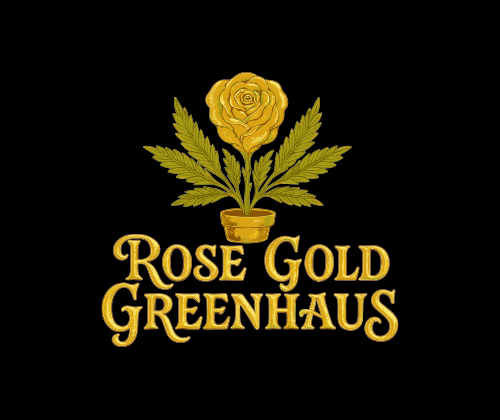For the love of Fungi
What better way to ring in the foraging season than to get inspired by Brian Blomerth’s graphic novel, Mycelium Wassonii, a technicolor and evocative magic-mushroom tour de force.

The man who coined the term “magic mushrooms” hated mushrooms— until he found love. In 1927, R. Gordon Wasson, a banking executive, married the raven-haired Russian beauty Valentina Pavlovna. Valentina spent her childhood foraging for Russiaʼs “special” mushrooms and became an expert. During their honeymoon in the Catskill Mountains, the love-struck ethnomycologists started their shroom journey trip together. Valentina went foraging for fungi and came back with some very potent caps. Wasson ate them, and his whole world changed. To think that Wasson, with his conservative background, professorial demeanor, tweed suits, and thick bifocals, would become the poster boy for bringing shrooms into the consciousness of the beats, hippies, rock stars, and Coachella-ites seems almost a hallucination itself.

Blomerth, the fanciful illustrator and writer, has created a kaleidoscopic retelling of the pioneering mushroom evangelists responsible for popularizing the use of psychedelic mushrooms in the United States. The Wassons’ shroom adventures took them from the dark Russian forests to foggy upstate New York, to sacred rituals with the shamans of Huautla de Jiménez, Mexico, to the mysteries of Rome. Mycelium Wassonii (pronounced Wa-son-eye), with its thick, matte paper evoking the underground comics of the 1960s, is a spellbinding, continent-hopping tale of science, mysticism, ascension, medicine, and passion, with cameo appearances by J.P. Morgan, Robert Graves, Life magazine (in 1957 the magazine published an article titled “Seeking the Magic Mushroom,” which introduced psychoactive mushrooms to a broad audience for the first time), and the CIA (was Wasson a secret agent?). Blomerth’s book is jam-packed with trippy information about the birth of shrooms in the United States, told through beautiful color-dappled illustrations.
The San Francisco Chronicle stated that (together with his wife Valentina) Wasson had “illuminated the sanctity of psychotropic mushrooms, not only in Russia and Siberia, but also in the most ancient of Hindu scriptures, in the mystery cults of ancient Greece, and among the native peoples of Mexico and Guatemala, both ancient and modern.”

Brian Blomerth is an illustrator, writer, and musician based in Brooklyn. His previous publications include the zines Xak’s Wax, iPhone 64: A User’s Guide, and Hypermaze. A veteran of the underground music and arts scene, in 2019, Blomerth released his first full-length book, Bicycle Day: A Visual History of the World’s First Acid Trip.
Who Wants to Live Forever?!
One of the enigmas of botanical lore is the identity of a sacred plant called Soma, found in the ancient Indian text, Rig Veda. Was it a plant? Herb? A mushroom? Something else? In Wasson’s 1973 book, Soma: The Divine Mushroom Of Immortality, he surmises that Soma was a hallucinogenic mushroom——none other than the Amanita muscaria. In ancient cultures, the A.muscaria was the center of shamanic rites.
A.muscaria, or the Fly Agaric, has been adopted as the hallucination go-to mushroom in Western cultures. It is a species that has had a tremendous impact on today’s cultures for at least four thousand years and is thought to be at the root of some religions.
After extensive traveling and research, Wasson concluded that Soma was the mushroom utilized in these mystical ceremonies over 4,000 years ago. Wasson also believed the hallucinogenic properties of the A.muscaria were the cause of the ecstasy described in the Rig Veda. Part detective story, part fairy tale dream, Soma is the holy grail of ethnobotany’s most mysterious fungi.


















